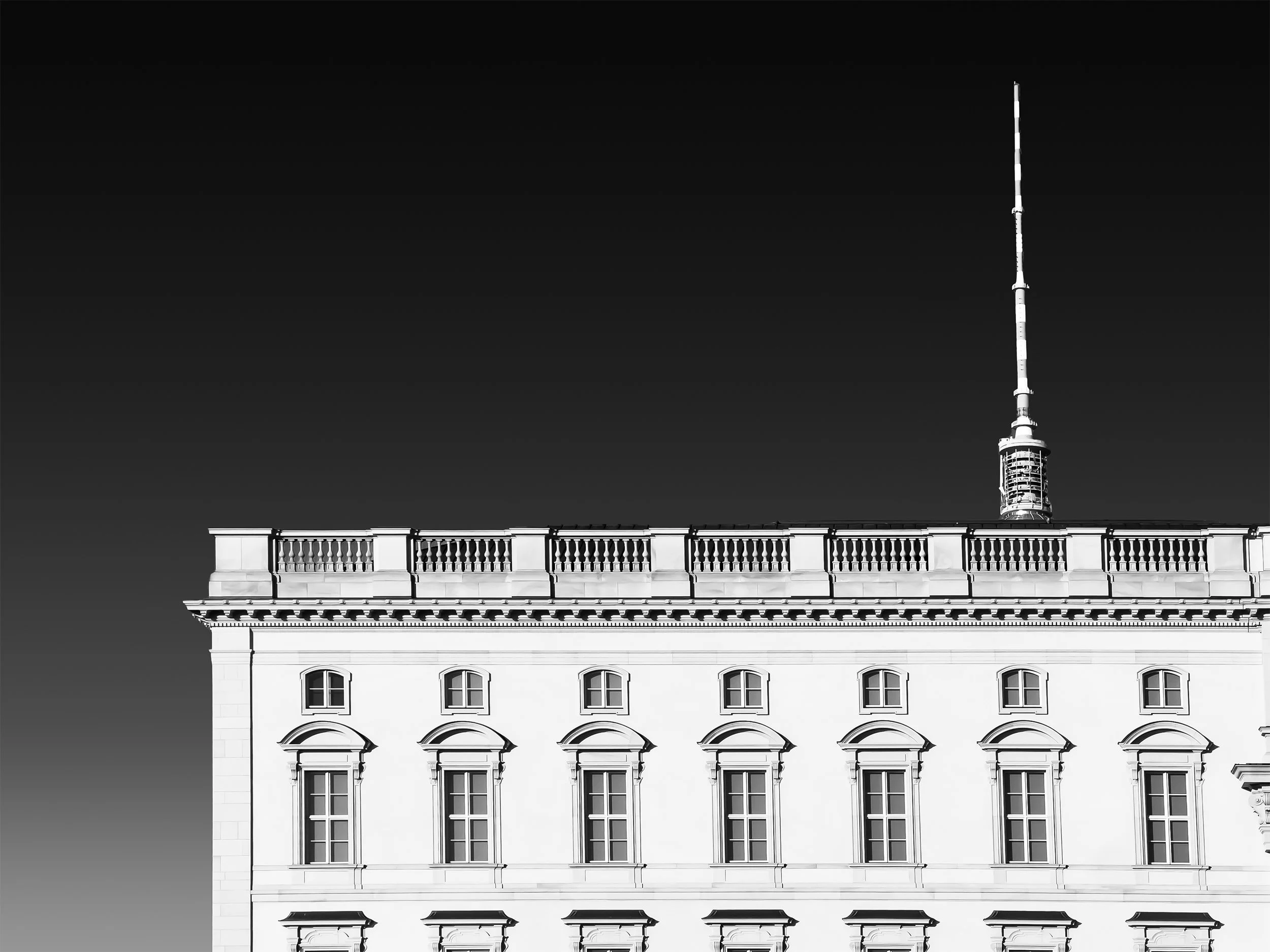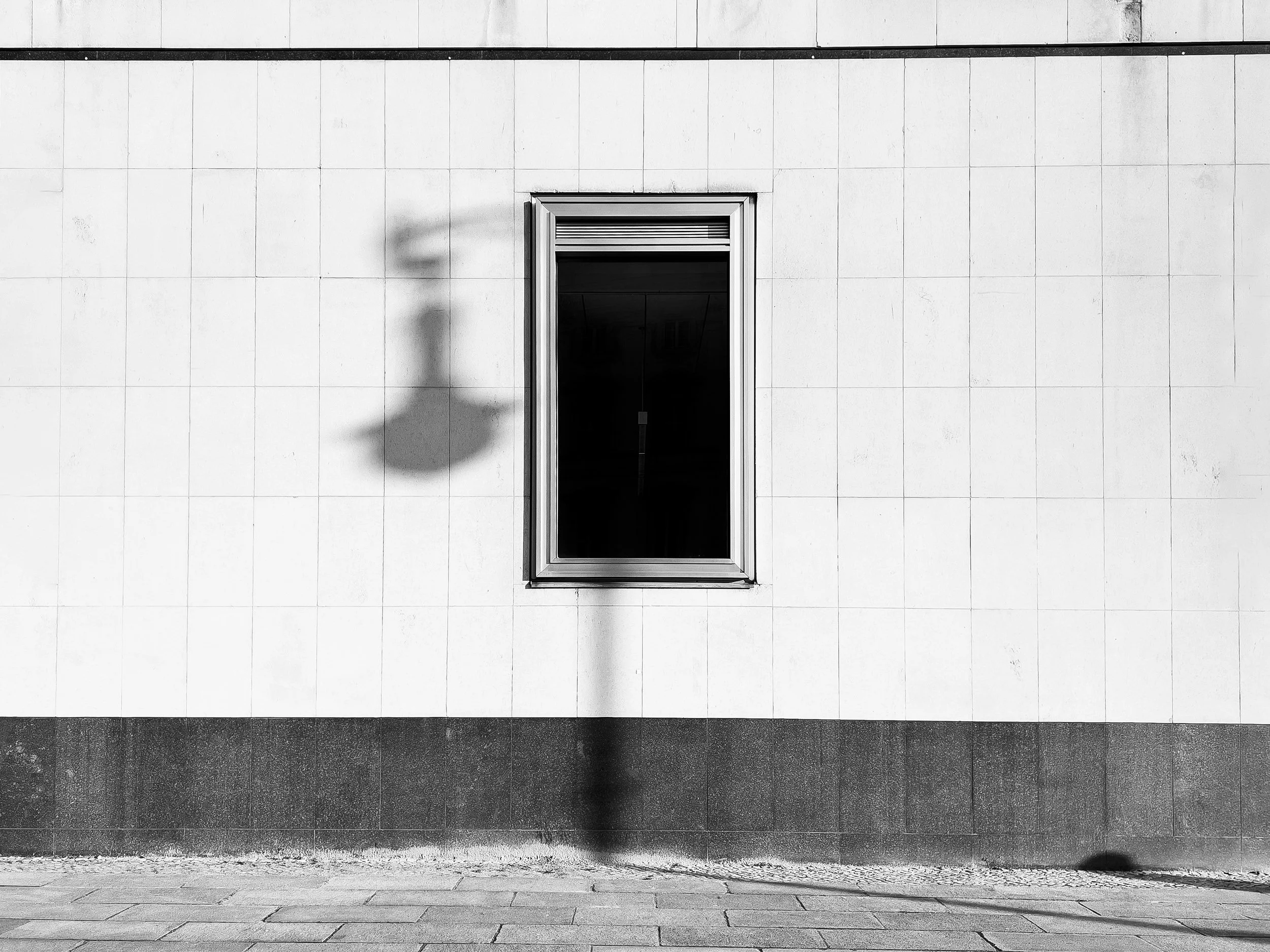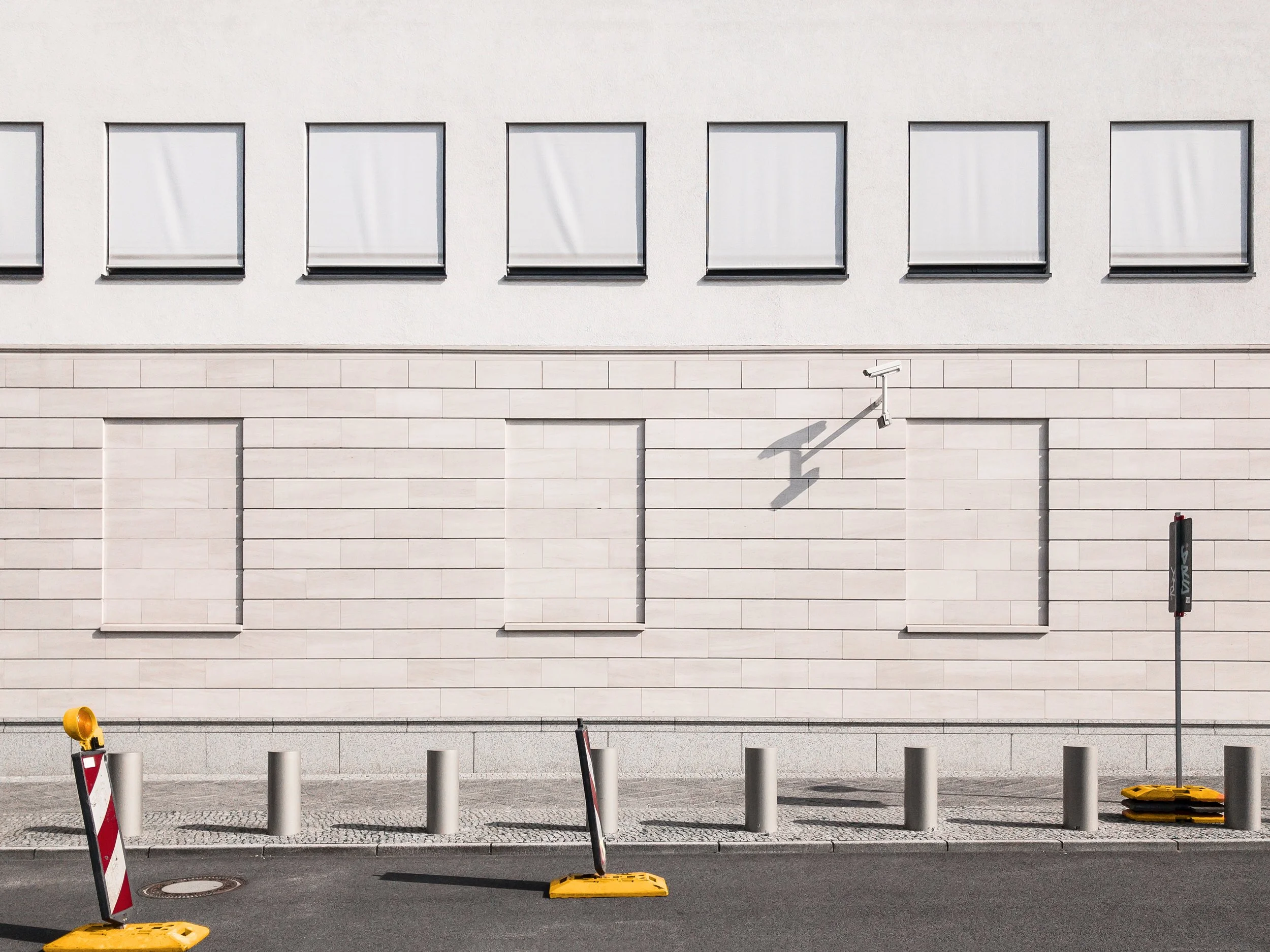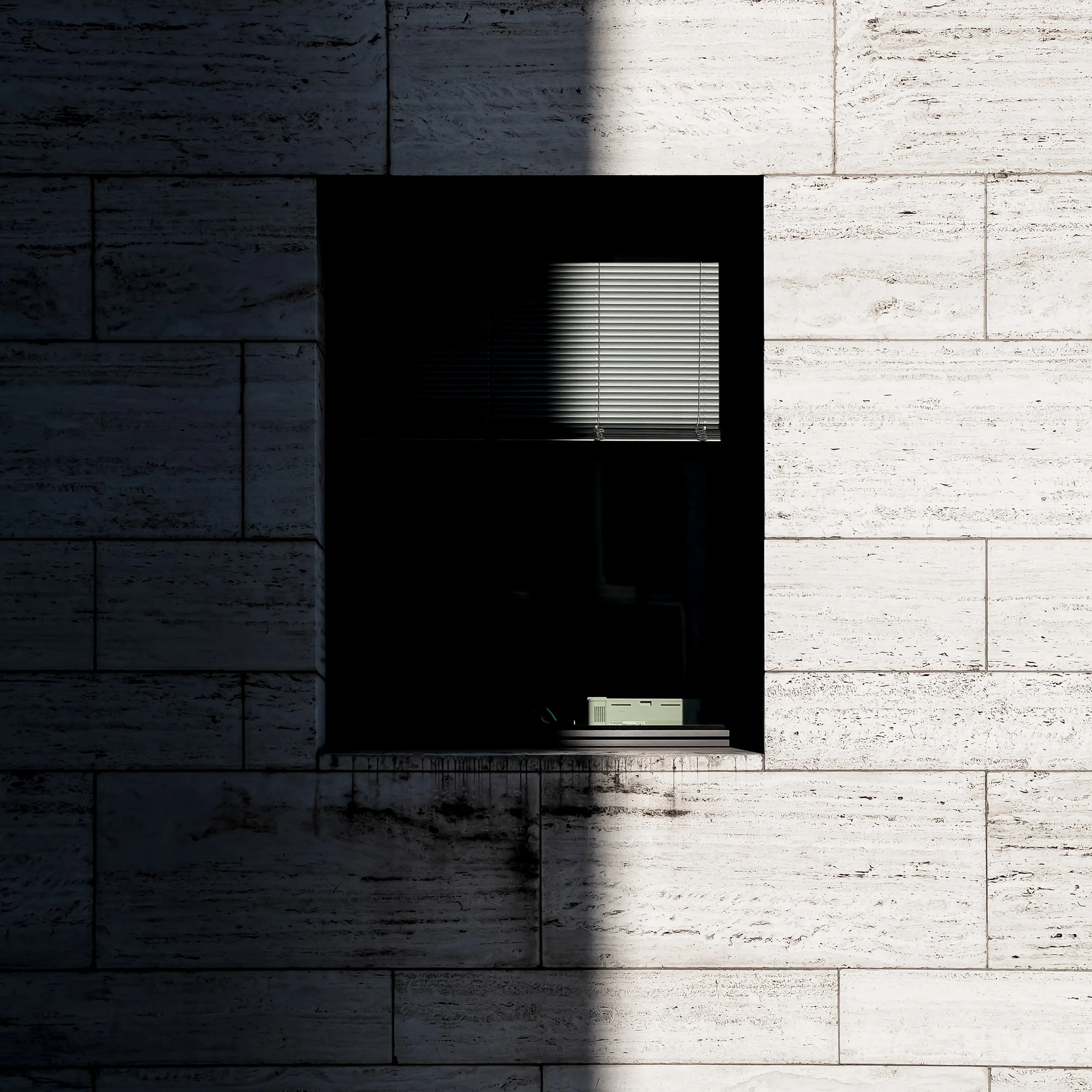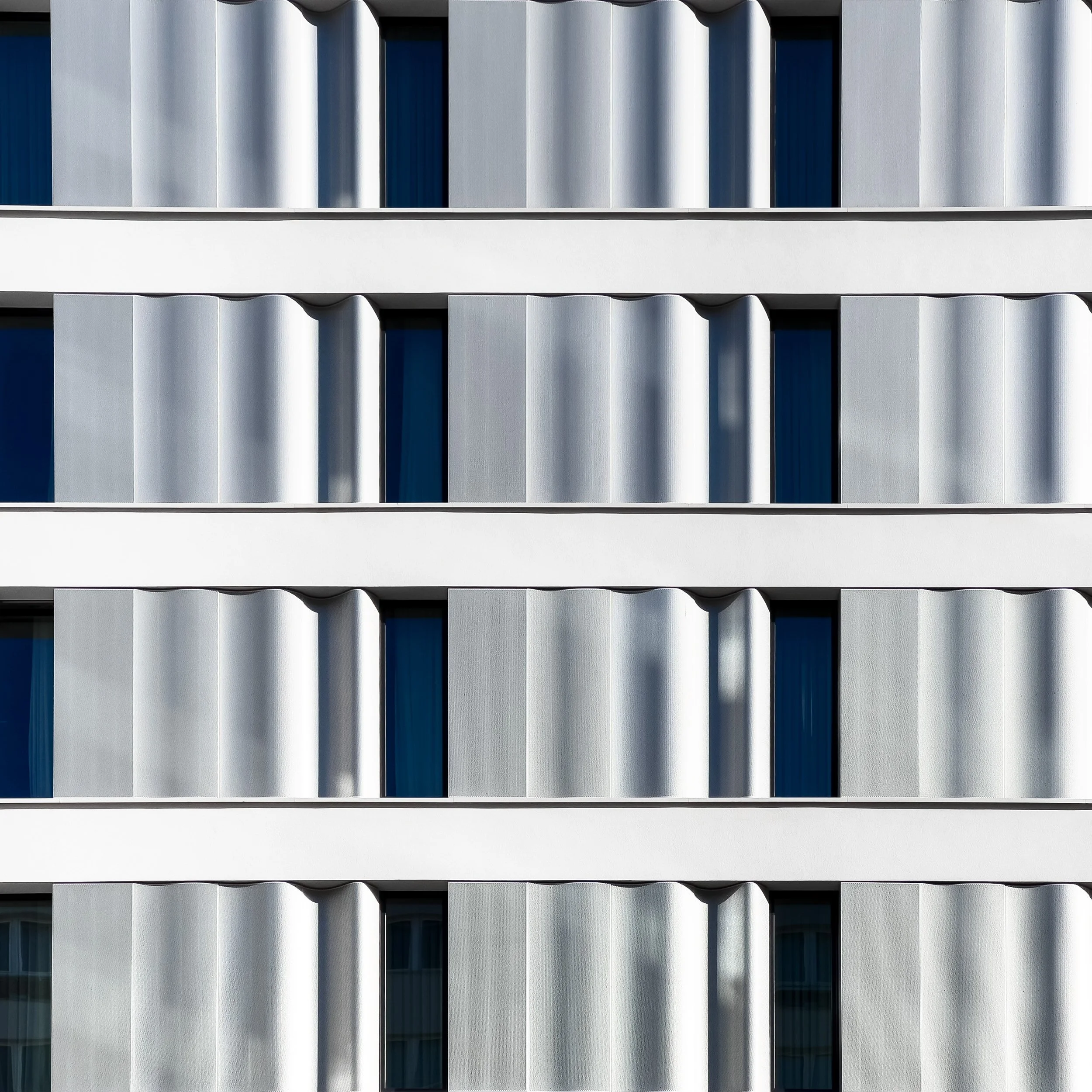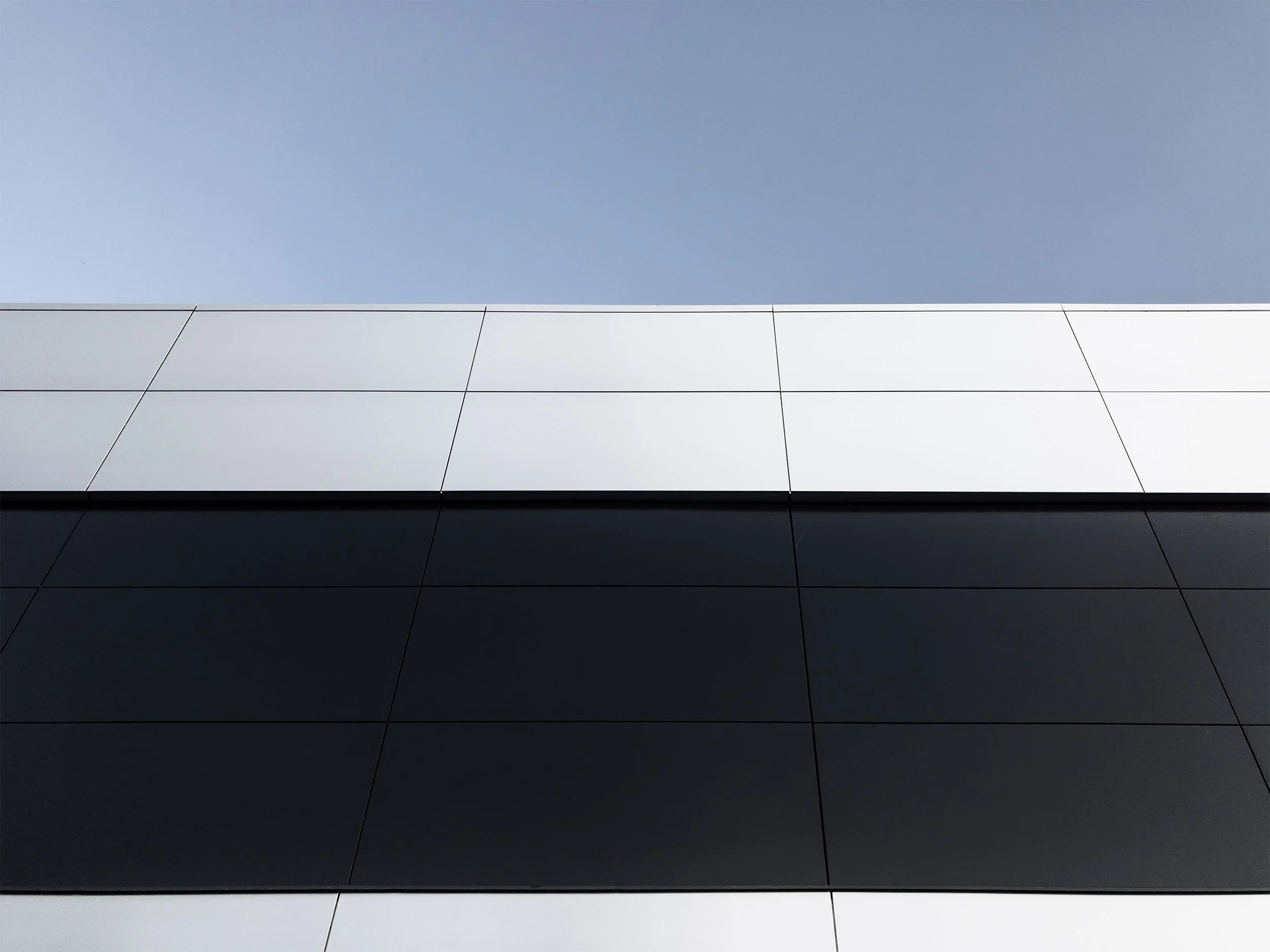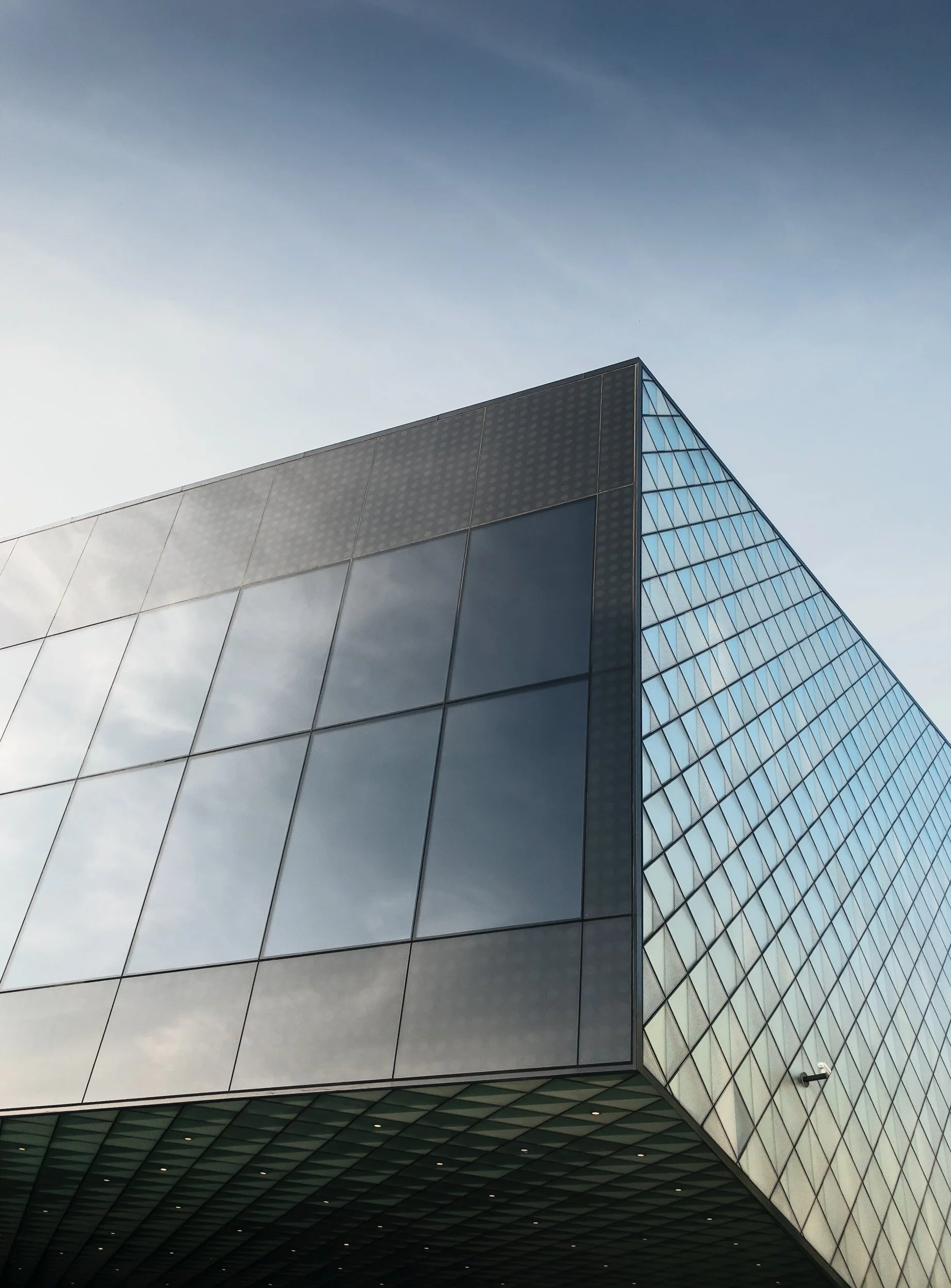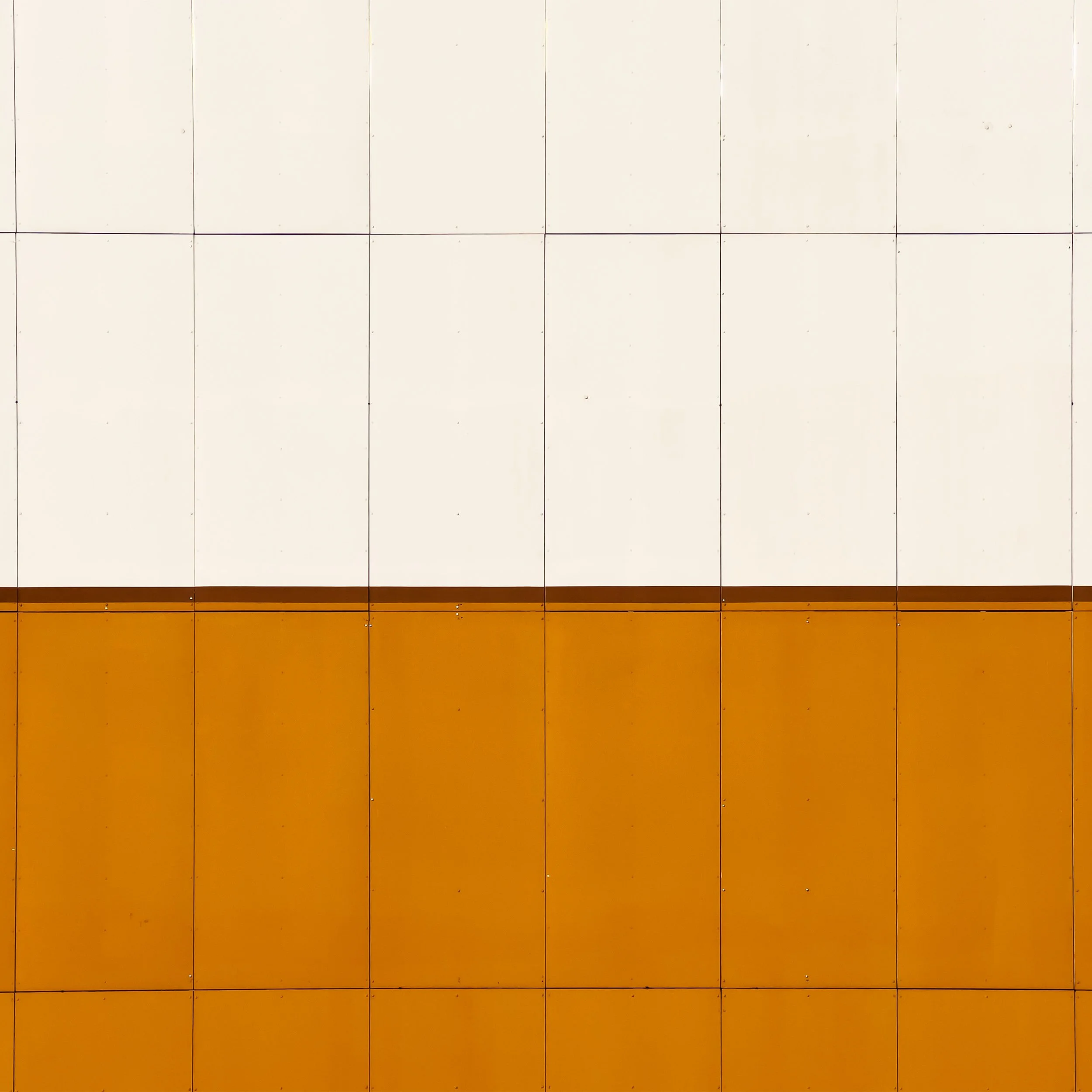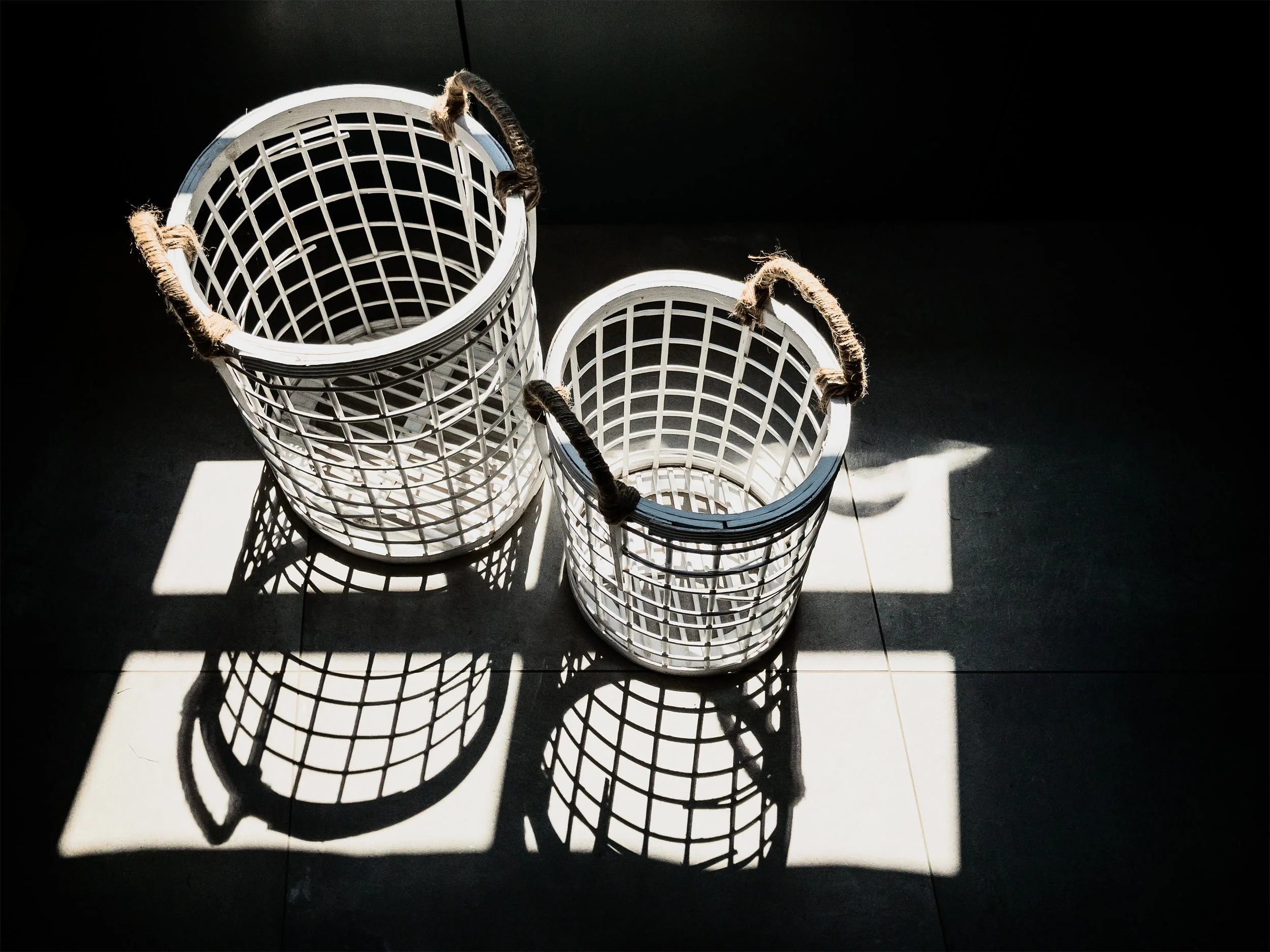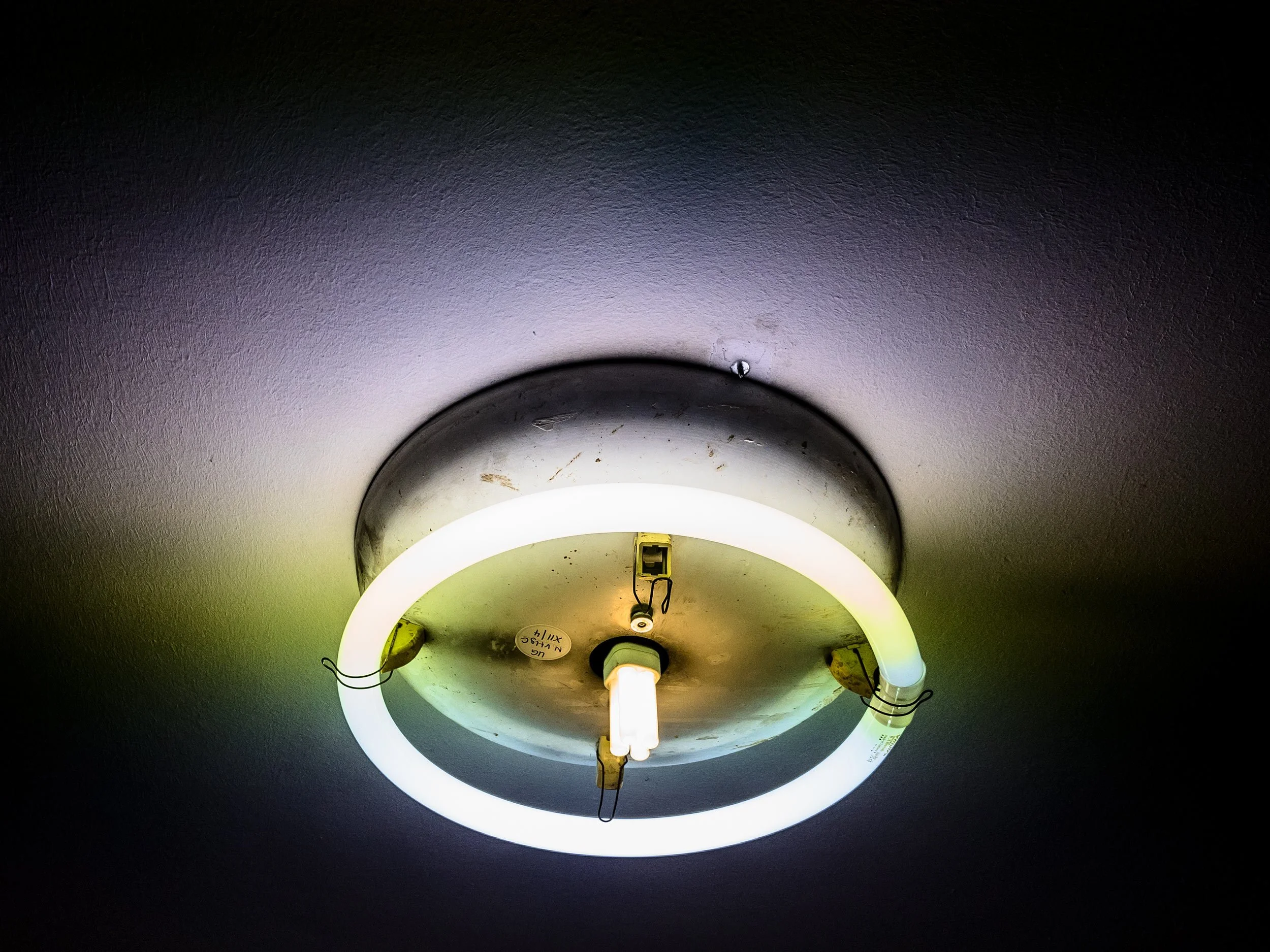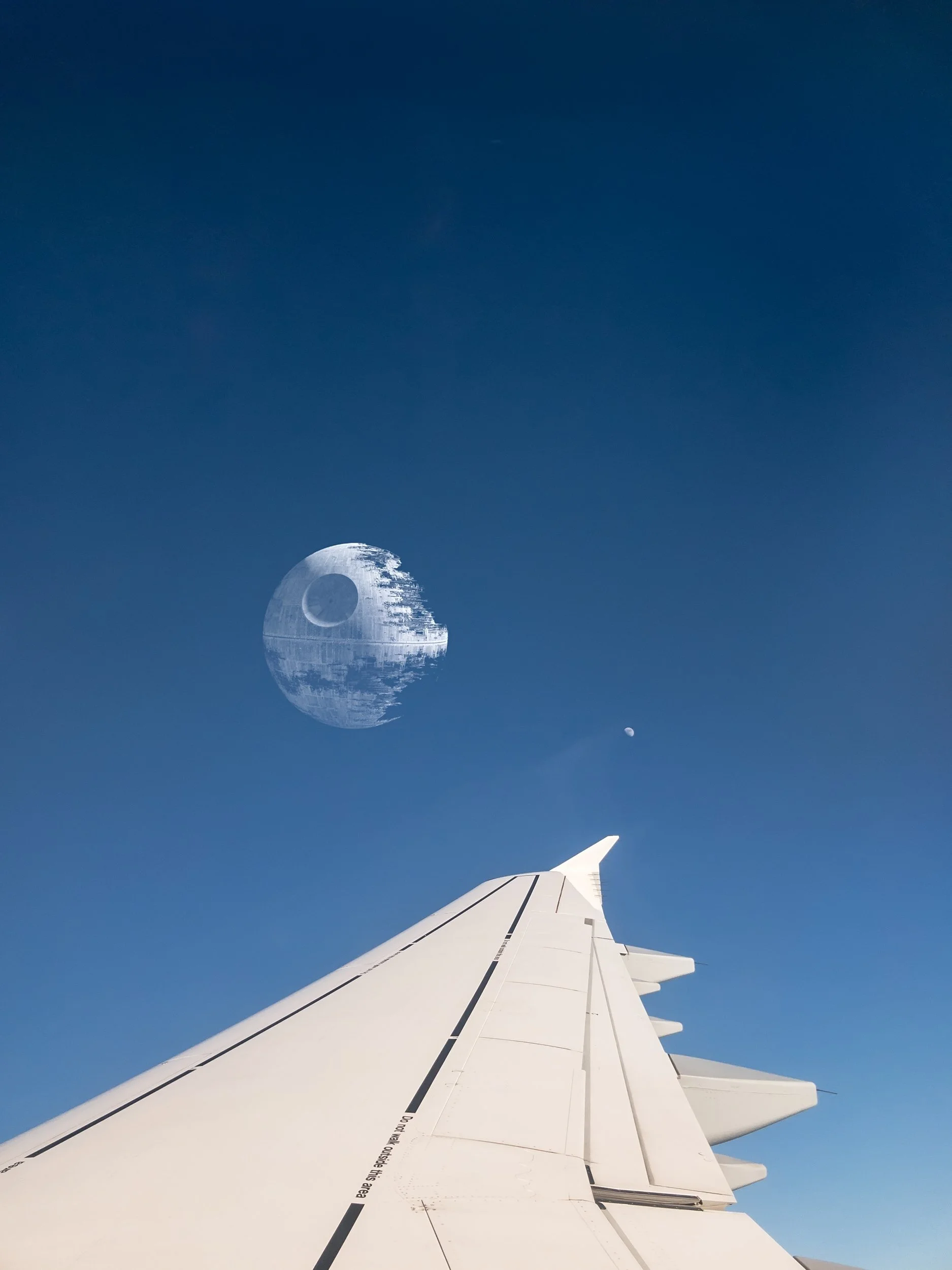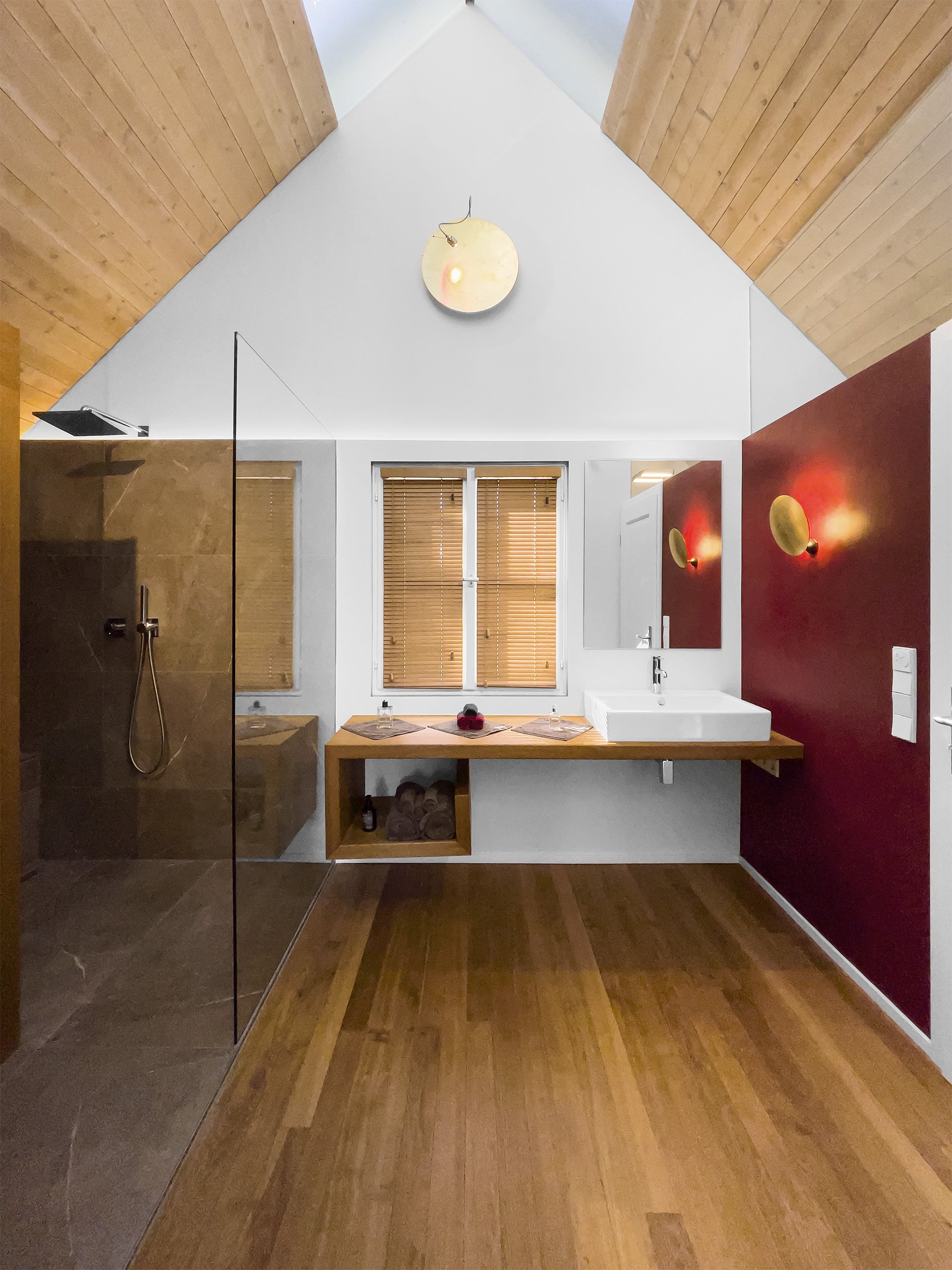USING AN iPHONE FOR »PROFESSIONAL« PHOTOGRAPHY?
click on any image to enlarge
WHY NOT!?
-
I wrote this article to show that modern smartphones with their RAW capabilities have gotten pretty powerful in the last couple of years. For professional photographers their form factor make them invaluable for location scouting (due to their GPS information), tracking of the sun, taking test pictures and much more.
But apart from intense use by social media influencers these powerful devices can also serve in some situations as a »main camera« for professional photographers. I was always interested to test the limits of smartphones in my daily life and try to push the limits in photography and postproduction.
In this article I mainly write about iPhone because this is the brand I use. But most of my thoughts on this technology is also mostly true for other brands like Samsung.
-
With careful composition and some tricky postproduction strategies these devices sometimes can achieve a photographic quality almost as good as their more expensive counterparts from Nikon, Canon, Sony or Fuji.
In general everything that you can do with a »big« camera you can also do with a smartphone. BUT due their (partly) lower megapixel count and more importantly smaller pixel size, the noise behavior in low light situations and the limited dynamic range in modern sensors are still posing issues in smartphone photography.
Due to a phone’s smaller size there are physical limitations that (still) cannot be overcome even by computational photography (which I address below). Especially in architectural photography there are major limitations for keystoning (straighten) vertical lines in the images which result in a severe loss of resolution.
Additionally there are some more hurdles in architecture: sometimes you need to use strobes/flashes for interior architectural or people photography. Most modern strobes cannot sync with smartphones (apart from some Profoto strobes). This might change in the future if manufacturers implement these possibilities into their strobes.
But at a certain point you might wonder if it makes sense qualitywise to set up 10k+ studio equipment and then only use your iPhone.
-
Since I also have clients from the architectural field I often get the question if it is possible to do real estate and/or architectural photography on an iPhone. And I always answer with a resounding: »Probably!«
I would say any modern smartphone from the last 2-3 years is probably capable of taking serious images in that field of photography – to a certain degree.
Below in this article I posted some architectural photos from a client of mine to show that modern smartphones with their RAW capabilities have gotten pretty powerful.
-
For this client I mentioned in the section above I did extensive retouching of her iPhone ProRAW images. Due to the hectic nature of her job and tight schedules as an architect she is not always able to send a professional photographer into her freshly finished objects.
So we decided to approach this problem together: I gave her an extensive multi-hour tutorial about the basics of photography, suggested her a certain iPhone model and certain apps and techniques to shoot with.
After a while shot got the hang of it and provided me with good material to work with. I then processed everything in Adobe Photoshop/Lightroom and we were able to churn out some (almost) high end quality images.
Learn more about RAW photography here.
And see my retouching work here. -
As I described earlier there are limitations in smartphone photography:
often low megapixel count (which is complicated by misleading or deceptive marketing by smartphone manufacturers that advertise »100« megapixels but in reality the real resolution is much less)
difficult noise behaviour in low light situations – mostly: a lot of noise or display of strange artefacts – this can be overcome by software like Lightroom or Topaz Photo AI but it requires more time in postproduction
limited dynamic range – the range between the darkest and the brightest that a sensor can display
physical limitations of the sensor due to its size that cannot be overcome by computational photography (see next section)
Especially in architectural photography there are major limitations for keystoning (straighten) vertical lines in the images which result in a severe loss of resolution — which is already not that great to begin with.
For this process you have to crop a 12 megapixel image in postproduction which leaves essentially 6-8 megapixels. Although the iPhone 14 Pro and the iPhone 15 feature 48 megapixels those are only available in one of the 3 built in camera-lens-systems. The wide-angle lens still only has 12 megapixels and this is the one you often need in tight spaces where you cannot move any further back physically.
The lack of most professional strobe manufacturers to support modern smartphones — apart from Profoto — is the reason why you cannot use strobes to begin with.
And if you want to reach a certain quality standard in your architectural photography you need strobes. Thus the lack of strobes often results in problematic color casting on walls and objects. While this can be sometimes compensated for it often requires you to spend more hours of work in postproduction on an image with masking out parts of the image than it would be normally necessary when it would be shot with professional higher end equipment in the first place.
-
»Computational photography« is a rather new term that popped up in the last few years. It basically means that the physical limitations of smartphone cameras (low megapixel count, high noise, bad dynamic range) is encountered by the developers with software tricks. Instead of taking only one image of the bright sky and the dark street canyons (eg in New York) the phone takes multiple images – although you only click once on the button – and the algorithm on the chip merges those photos into one final shot.
This is mostly ok for »normal« photography without any artistic intention – think of the mum who takes photos of their kids in the garden. But in the professional field this computational processing of images oftentimes actively inhibits an »artistic exposure« due to aggressive HDR treatment by the phone manufacturer’s software. Sometimes it is almost impossible to create a moody exposure because the computer always tries to push light into the shadow parts.
The only way counter this behavior is to take RAW images and manipulate them in an image editing software like Lightroom or Photoshop. But not anyone is able to do that and it takes a lot of unnecessary time. Even up to this day the built-in camera app from Apple is not able to manually adjust the white balance. I had to learn this the hard way and buy a 3rd party app.
So sometimes I like the result of computational photography but I wish there was a button to turn it off. And I share this sentiment with lots of other professional photographers.
-
While it is absolutely possible to produce (almost) high end images on smartphones these days it should be noted that smart phone photography cannot replace professional photography as of now — and probably for a while.
There is a reason why professional camera equipment is much bigger and more expensive. The laws of physics still apply — and in my opinion always will.
There is this notion about AI (artificial intelligence) and computational photography that it will ultimately replace high end equipment. I guess smartphone manufactures would be happy to make this point.
But in my opinion there are too many limitations at the moment and sometimes the smartphone algorithms are aggressively fighting against your artistic taste because they are based on the taste of someone else working for these companies.
These limitations can be overcome to a certain degree like I described. But the additional effort while shooting and in postproduction should be taken into account.
Finally you will only be able to print those images in low quality. The resolution might be enough for a website or social media platforms. But for higher end publications or bigger prints they are not suited at the moment due to the lack of resolution.
And don’t let yourself be fooled by the marketing campaigns of Apple or Samsung. In the end it makes no difference if they advertise 12,48 or a 100 megapixels. The laws of physics apply to all manufacturers. That is why the are investing so much in computational photography.
-
But great advantage of smartphones – as everybody knows – is their ubiquity and their small form factor. And as one photographer once put it: »The best camera is the one you have with you.«




